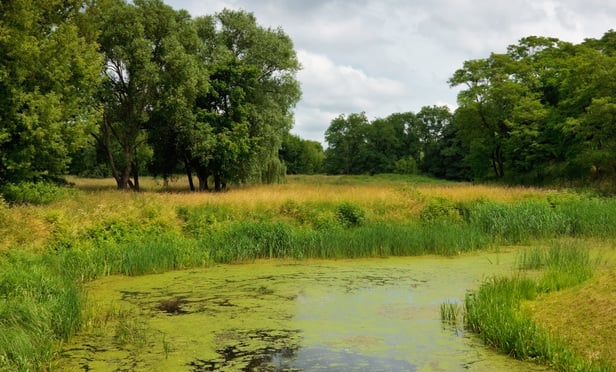Well-publicized outbreaks of Legionnaires’ disease over the last year have grabbed headlines and spurred regulatory action, highlighting potentially significant liability risks related to water quality in the hospitality, health care, senior housing, and commercial real estate sectors. To properly identify, evaluate, and mitigate such risks, the assessment and diligent maintenance of water quality in buildings is essential. Legionella assessments and prevention plans are critical, but often overlooked, components of pre-acquisition due diligence, property management, and environmental-risk management protocols.
INCREASED PUBLIC ATTENTION
Legionnaires’ disease and Pontiac Fever, referred to collectively as Legionellosis, are upper respiratory infections caused by aspirating Legionella bacteria. Although Pontiac Fever is nonfatal, Legionnaires’ disease is characterized by a pneumonia-like infection in which 10 percent of cases result in death. Legionella bacteria are naturally occurring and ubiquitous in the environment at very low concentrations, but thrive in dark, warm, stagnant water. As a result, water systems within buildings can be fertile breeding grounds for Legionella bacteria, and are the most common source of Legionellosis outbreaks. Cooling towers associated with air conditioning systems, decorative water fountains, and whirlpools are the primary transmission vehicles for Legionellosis, though domestic hot water systems also present a risk of exposure via shower heads and faucets. The sick, elderly, and those with compromised immune systems are most vulnerable to infection.



